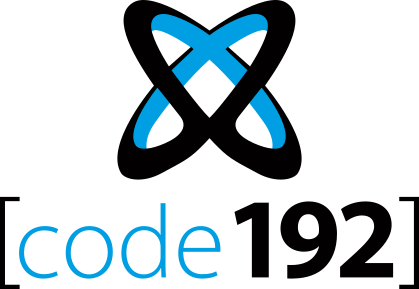Alpana Server is a multi-Tenant application.
This means that a single instance of Alpana Server can manage any number of customer-facing isolated instances.
What Is Multi-Tenancy?
The term “software multitenancy” refers to a software architecture in which a single instance of software runs on a server and serves multiple tenants. Systems designed in such manner are often called shared (in contrast to dedicated or isolated).
A tenant is a group of users who share a common access with specific privileges to the software instance. With a multitenant architecture, a software application is designed to provide every tenant a dedicated share of the instance – including its data, configuration, user management, tenant individual functionality and non-functional properties.
Multitenancy contrasts with multi-instance architectures, where separate software instances operate on behalf of different tenants.
In short, multi-tenancy is a technique that is used to create SaaS (Software as-a Service) applications.
Host > Tenant
We define two notions for a multi-tenant system :
- Tenant: A customer which has its own dashboards, users, permissions, settings… and uses the application completely isolated from the other tenants.
A “tenant user” is a user owned by a tenant. - Host: There is always a single Host. The Host is used for creating and managing tenants.
A “host user” is at a higher level : it is independent from all tenants and can control them.




Post your comment on this topic.